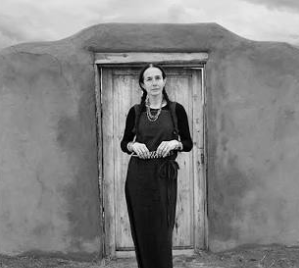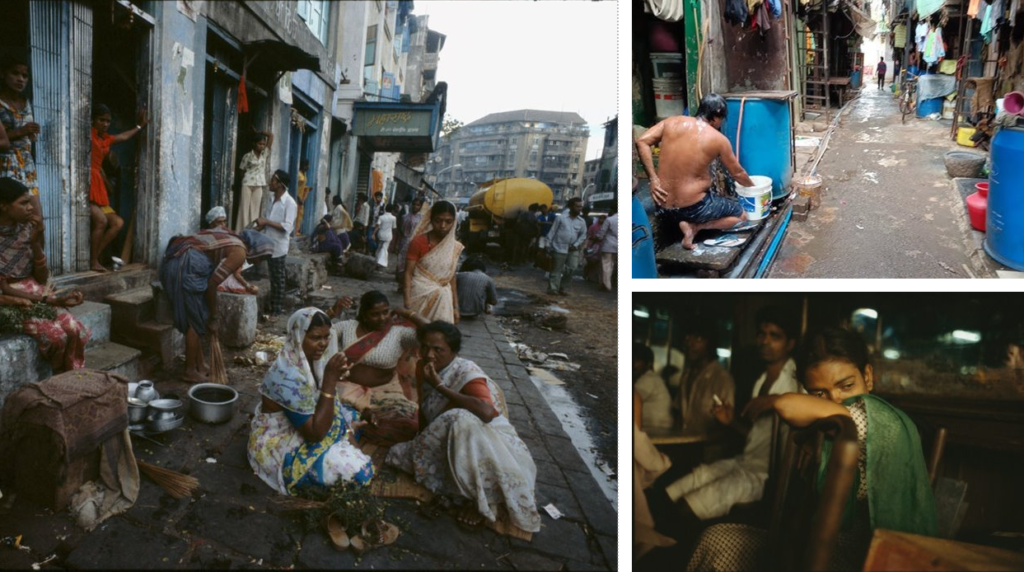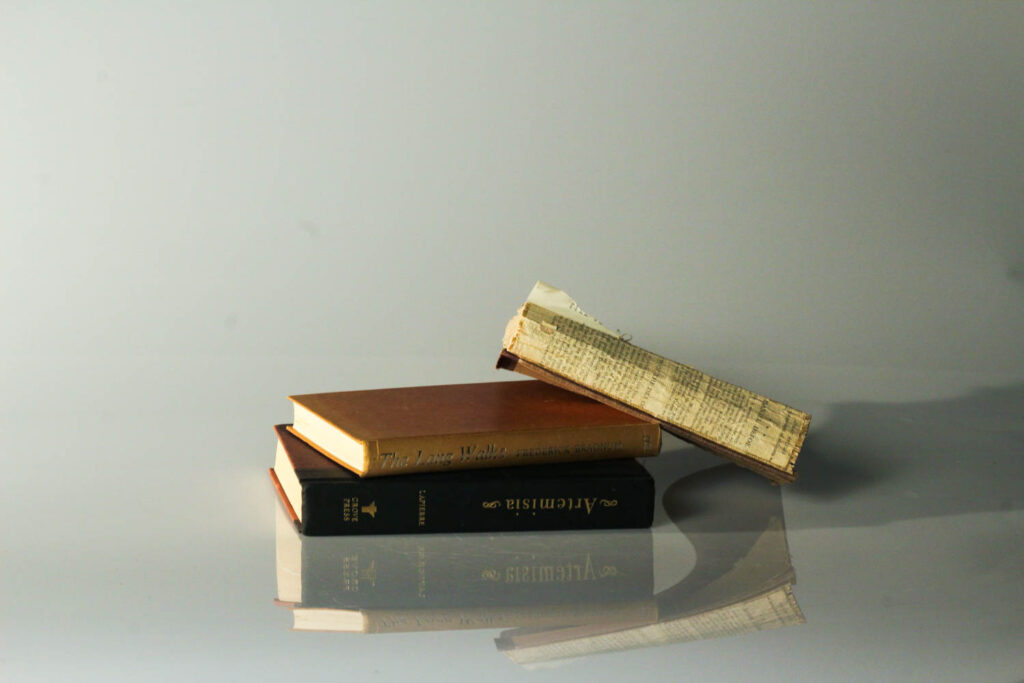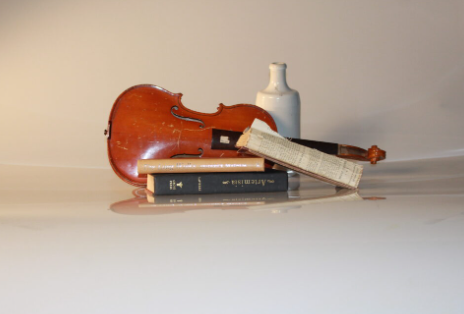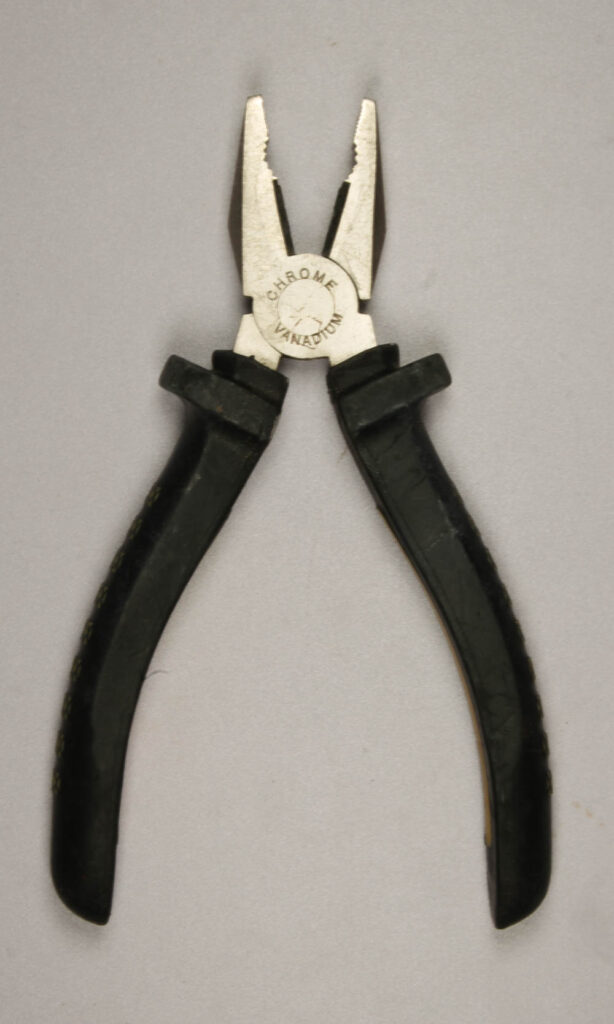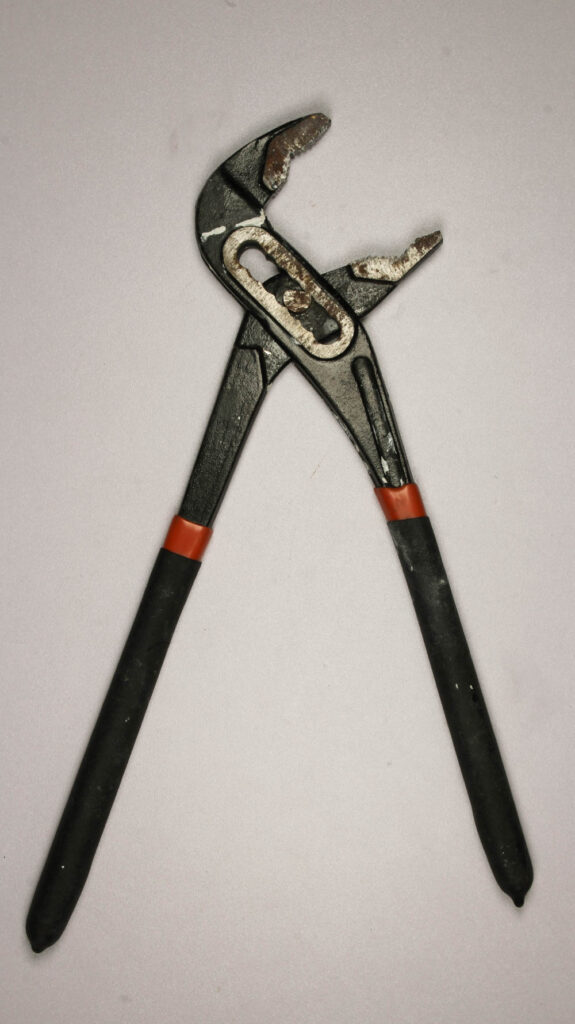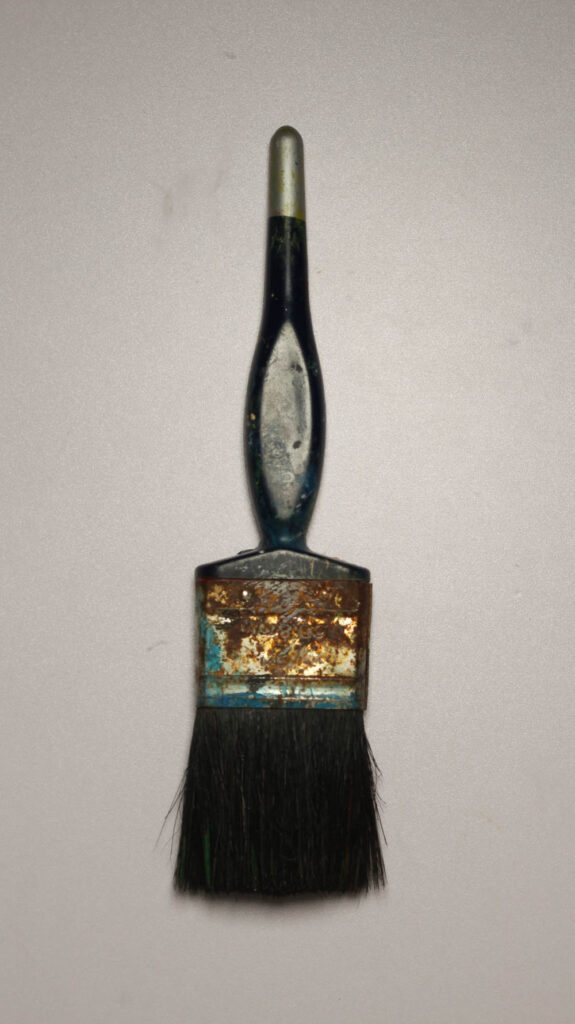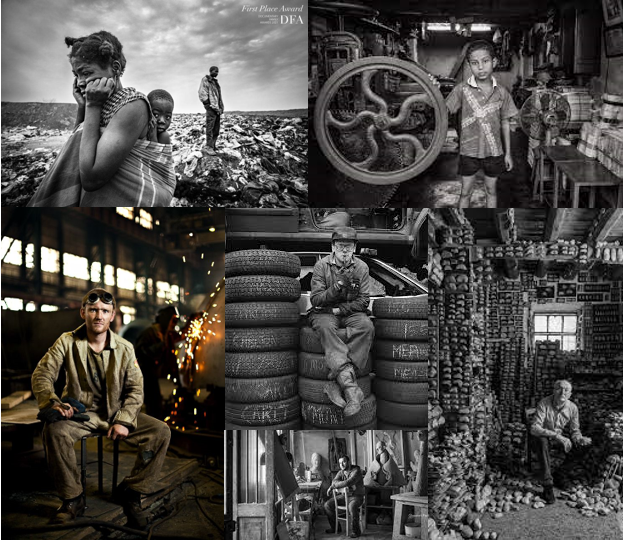
Environmental portraits are used to portray people in their usual environment, such as their place of work. It fundamentally shows the subject’s life and the environment they are surrounded with on a day to day basis. The purpose of environmental portraits is to tell a person’s story via the background of the photo and the connections they have with these surroundings. In an environmental portrait you will often notice that the subject is making eye contact with the camera which portrays a strong portrait photo and also creates emotion from their facial expressions and their eye expression. The aim of an environmental portrait is to capture peoples interactions with their natural surroundings to tell a story that generates emotion for the viewers, and giving insight into where these people are from, what they do and who they are.
Arnold Newman was the first person to create an environmental portrait in 1918. Since then he has created several famous photographs that many people have taken interest in. He placed his subjects in surroundings that represent their profession, aiming to portray the subjects life and environment.
Typology




